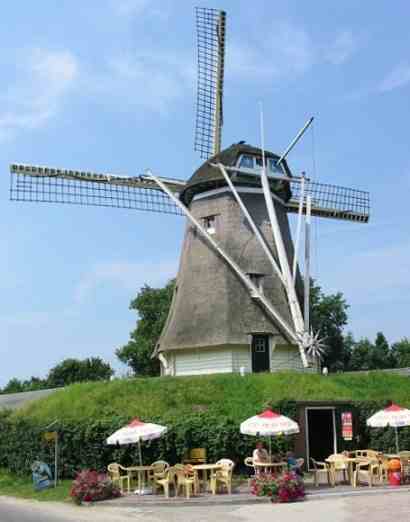Heat wave fuels Russian wildfires
The heat wave and drought in western Russia have sparked wildfires in the region that have killed at least 40 people and destroyed 2,000 homes. These photos of the devastation caused by the fires are lit by an eerie yellowish glow, caused by sunlight filtering through the smog caused by the fires.
An arch-like fragment of a heating system and remnants of a chimney are all that is left of a wooden house destroyed by fire in the village of Kadanok, 150 kilometres southeast of Moscow on Tuesday, Aug, 3, 2010. (AP Photo/Alexander Zemlianichenko)
A cross-like fragment of a metal fence destroyed by fire in Kadanok. (AP Photo/Alexander Zemlianichenko)
























































